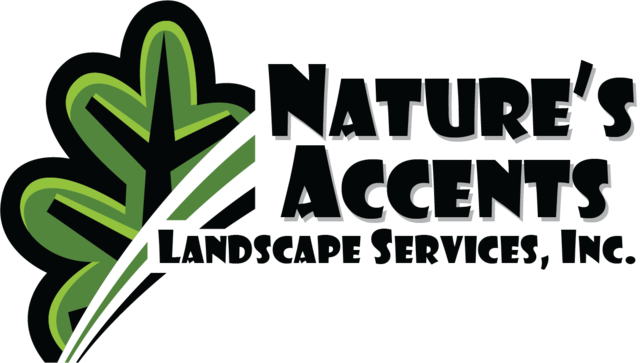Fall may seem like the season to finally relax about lawn care and just sit back and enjoy watching the world turn into a kaleidoscope of colors. However, this is the time of year when your lawn can really use a little extra TLC so it springs back vigorously next spring. Here are the essentials of lawn care in the fall in Reading and Allentown, PA, areas.
Related: Landscape Design Tips for Bohemian Backyards in Allentown PA
Keep Mowing While the Grass is Growing
Your grass has slowed its growth after the stresses of summer heat, but it’s still growing. Now that the days are cooler and moisture doesn’t evaporate as quickly, it’s important to maintain the proper height so that water doesn’t become trapped and cause rot, or on the other extreme, is mowed too short so that the soil dries out. You will be able to reduce the number of mowings, but keep at it until it’s clear the grass isn’t going to grow any more this season.
Before you put your lawn mower away, sharpen the blades! It’s easier to do this now than in the spring when there are dozens of yard chores vying for your time. Sharpening the blades will ensure that your mower is ready to go in the spring. And, you’ll be sure that newly emerging grass is actually being cut, not chopped with dull blades (which invites disease).
The Secret to Feeding Your Lawn: Fallen Leaves and Grass Clippings
Lawns need nutrients in the fall to create energy stores that will get them through the winter. Some of the best natural sources are grass clippings and fallen leaves. However, don’t just leave clumps of fallen leaves or grass clippings lying around because they will quickly turn into a dense, rubbery mat that will suffocate the grass beneath.
Chop fallen leaves and grass clippings into small pieces using a mulching mower, and spread them evenly across the lawn.
If you prefer to rake and bag leaves and grass clippings, then you will need to apply a slow-release fertilizer before the temperatures drop and the ground freezes. Usually this is done around the last mowing.
Aeration and Dethatching
Many lawns become compacted during summer from foot traffic, drought, and heat. If you have ever seen water run off compacted soil rather than soaking in, you can see how important it is to aerate the lawn. Compacted soil makes it extremely difficult for water, air, and nutrients to permeate through to the roots, and aeration helps to break up the soil for optimal root health.
Thatch is a thick layer of dead grass that builds up around the base of each plant. Like a thatch roof, it also prevents moisture, air, and nutrients from reaching the roots; and if it’s excessively wet, thatch will hold in moisture which can lead to rot and disease.
Weed Control
Keeping up with weed management all year is prevention that makes life a lot easier than playing catch-up. Some weeds germinate or go to seed in fall - waiting to treat your lawn next spring will mean an uphill battle. Fall is a good time to control perennial weeds that are shifting into winter food storage mode and will more readily absorb weed control chemicals.
You’ve worked hard all season to have a lush and healthy lawn, so give your lawn a head start for next year. Take good care of it in fall, so that it overwinters well and is prepared to grow and thrive next spring.
Related: How to Tell Whether Your Lawn Care Is Meeting Standards in Lebanon and Allentown PA


